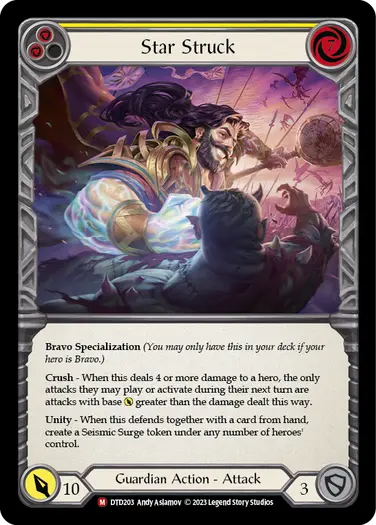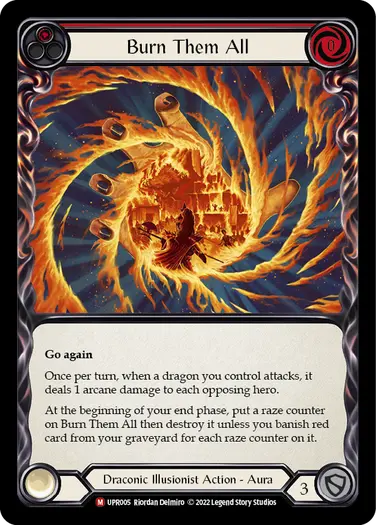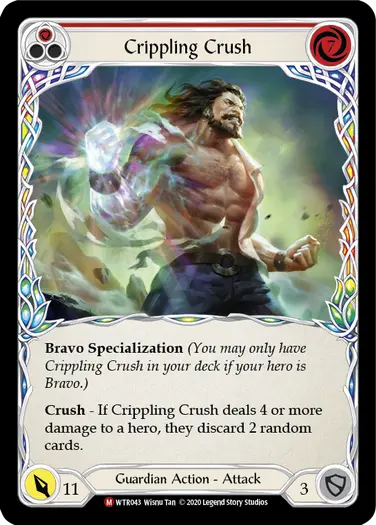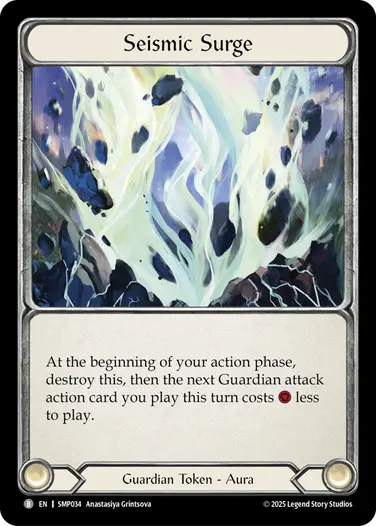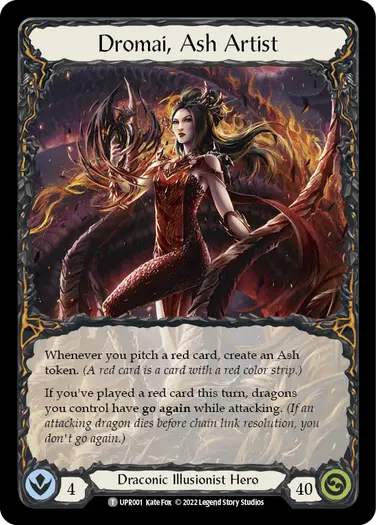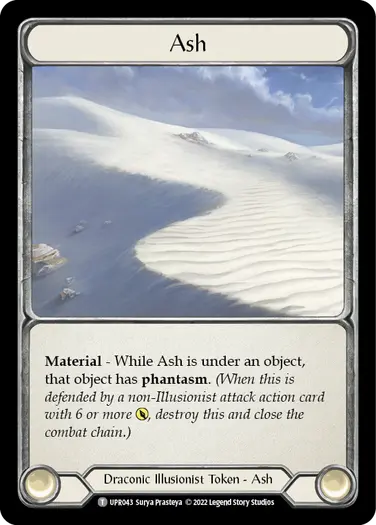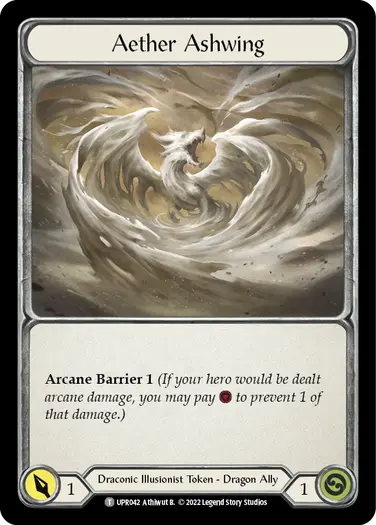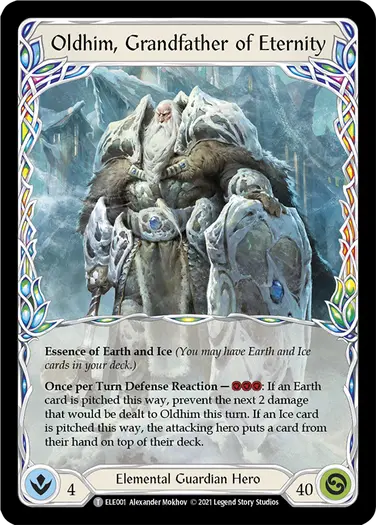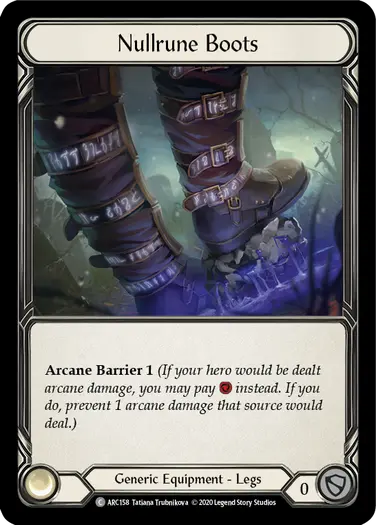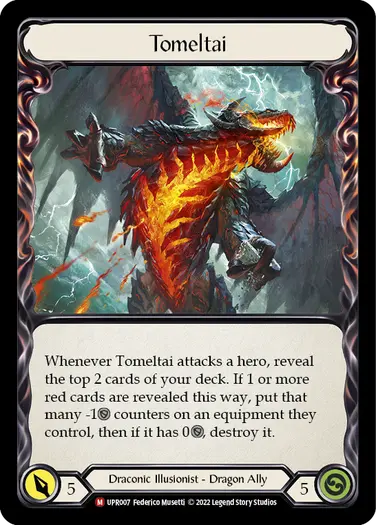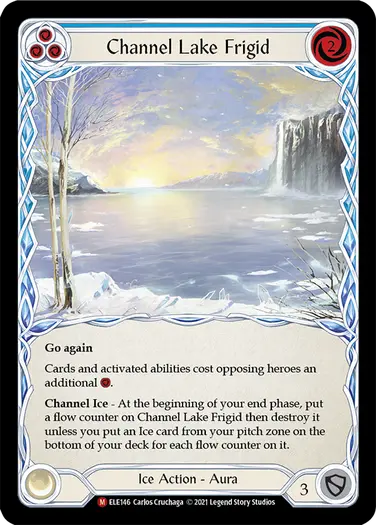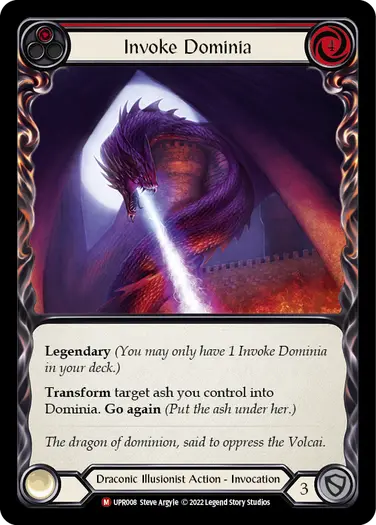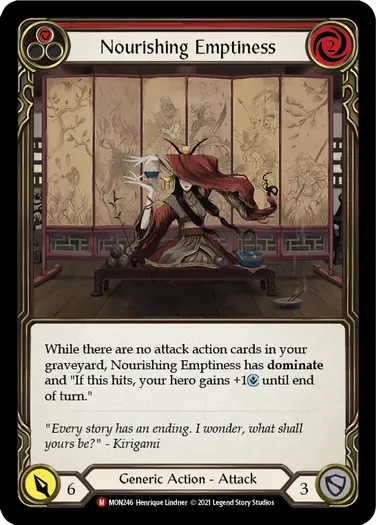Legend Story Studios developer Karol lifts the curtain of the Dev Room so we can take a peek behind the scenes. Learn about the work that went into designing, testing, and evolving the iconic cards you know and love today. Sometimes all a card needs to be great is a Dev Touch!
A few months ago I was asked the following question on the 0-3 Drop podcast:
"What is the revision process like when taking a card from development to testing and reworking? Is there a set number of revisions you aim for?"
My answer was rather vague—“it depends."
But now I’m willing to delve a little deeper and give you an overview of how a card evolves through the development process.
When a set of cards arrives in the Dev Room, they more often than not require fine tuning. There are extremely rare cases where a card remains untouched throughout the entire development process. But usually, they require at least slight tweaks. Some cards take one or two revisions, while others undergo more than 30 iterations before they’re ready to see the light of day (yes, there have been cards that went through 30 different versions before seeing print).
Let's play a game. Can you guess which card didn’t change at all during development and which card went through more than 30 iterations?
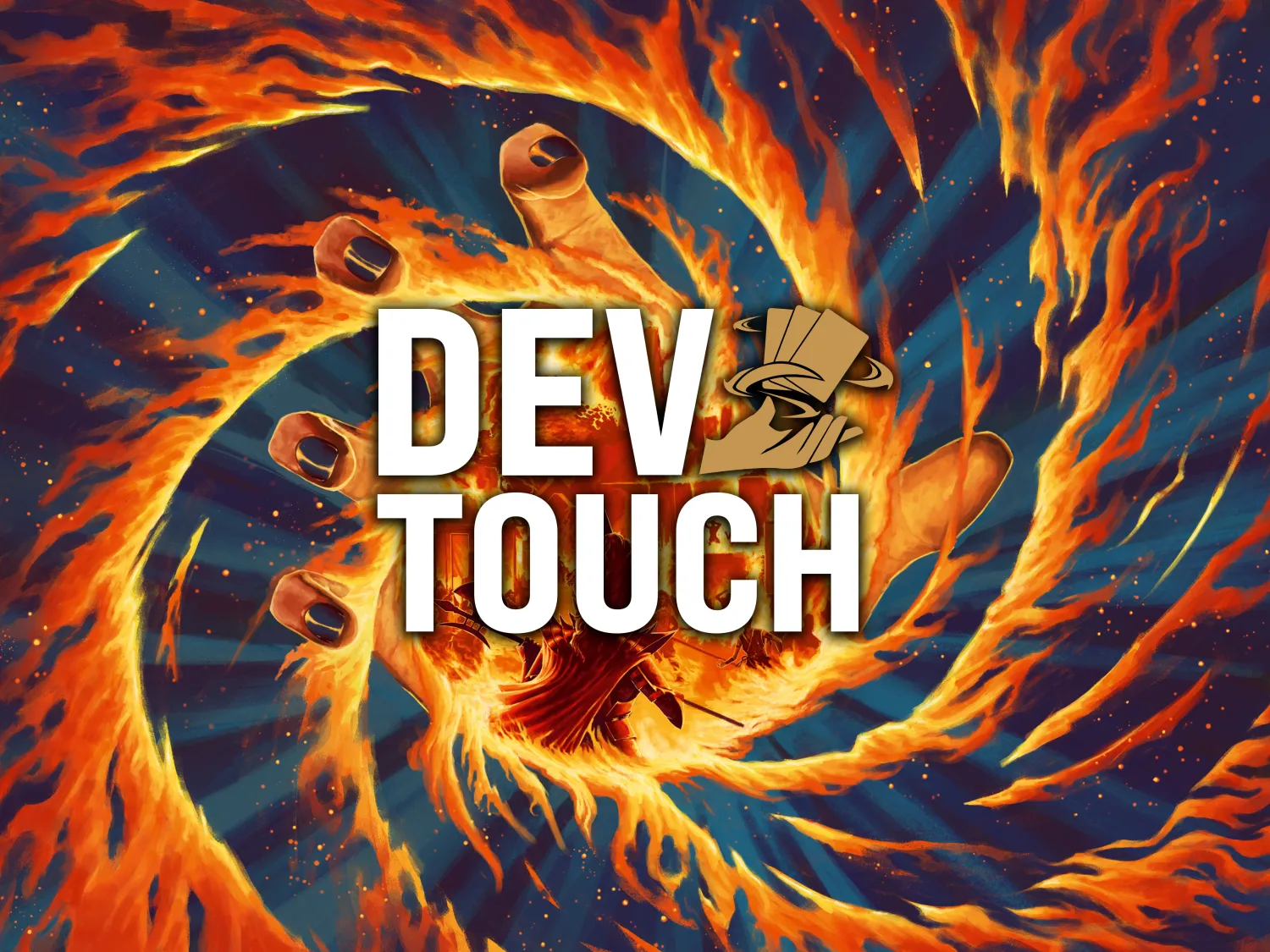
No Changes - Star Struck
You guessed it—Star Struck didn’t change. The card simply ticked all the boxes for what Bravo needed at the time. It had a unique disruptive ability, mirrored Crippling Crush in terms of its three-blue dominate cost curve, had added utility from being a yellow pitch, and provided a useful defensive ability with unity.
Even for the opponent, the way it scaled presented a compelling defensive puzzle: what is the optimal number to defend to stop the disruption? For decks that attacked for more than 4, the crush effect could be dodged by defending for 6, 5, or even less. At the time, it felt like a natural addition to Bravo’s toolkit, and to this day, it remains a unique attack that differentiates him from other Guardians.
30+ Changes - Burn Them All
Burn Them All, on the other hand, took more than 30 iterations to get right. It kept changing throughout Uprising development as we learned more about how Dromai operated, what the metagame could look like, and what a Draconic Illusionist could want in a Majestic - aside from a big dragon.
It started off as a Dromai specialization. At one point it was an instant, or a tutor for rupture cards, or a +1 power effect for all dragons. At one point it even had the ability to turn all Ash into Aether Ashwings as a big finale play. These ideas emerged as the rest of the Draconic Illusionist cards were being explored and finalised.
The biggest challenge for us as developers was finding a sweet spot for the card in the emerging metagame. As fun and exciting as many of the above effects were, they didn’t fundamentally shift Dromai’s matchup spread. She still won the favourable matchups and struggled in the unfavourable ones—particularly against Ninjas, Brutes, and Guardians. With Oldhim showing potential internally as a strong metagame contender, we wanted to give Dromai a tool that could pressure a Guardian’s life total—even as her dragons were being popped.
That’s when a subtle Burn Them All coming in for 1 arcane damage really shifted the dynamic of the matchup. The layers of strategic depth for both sides became exciting. Dromai had access to repeatable arcane damage. Oldhim could run Arcane Barrier. Dromai could then destroy that equipment with Tomeltai and continue using Burn Them All, and so on. The layers of counterplay and divergent strategies showed us we were onto something truly compelling. To this day, I fondly remember this particular matchup—especially the elite players who were so confident on either side. It became a classic “90/90” matchup, where both sides felt extremely favoured, making for some truly remarkable games to spectate.
Another big challenge was the self-destruct clause of Burn Them All. We wanted to find a sweet spot—lasting longer than a Channel Mount Heroic or Channel Lake Frigid, yet feeling uniquely Draconic. We floated ideas like putting red cards from the pitch zone on the bottom of the deck or requiring attacks with multiple dragons per turn. But we kept hitting the same problem: the aura would last 1–4 turns and not do enough to justify inclusion in decks.
Eventually, we circled back to the constraint of big dragons in Dromai decks—how many red cards can a Dromai deck support? The tension point with the three big dragons was exactly that. The more blues you run, the easier it is to play them. But that also means a higher chance of missing their abilities off the top of your deck. Similarly, having the raze counters banish red cards from the graveyard meant Burn Them All encouraged a more red-heavy strategy—creating natural deck building tension with the big dragons. At the same time, it fizzled out early if played too soon. It was intended to be pitched early to set up a potential late-game kill. Yet being a 0-cost red that enables dragon attacks made it hard to resist playing it right away.
I personally loved seeing it put to full use—even combined with Nourishing Emptiness to fully benefit from its repetitive banish ability. I have to give a lot of credit for the final design of Burn Them All to Chris Gehring, who was responsible for a vast number of these iterations that led us to the final version.
A card can remain completely unscathed throughout the development process just like Star Struck did—but for us developers, it’s the tough cookies like Burn Them All that truly make the job satisfying. Just as Arthur Trehet showcased the power of Burn Them All in the Top 8 of Pro Tour: Los Angeles, there’s something special about seeing the best players in the world take these cards and extract every possible edge to bring them closer to victory—and that makes every iteration worth it.
